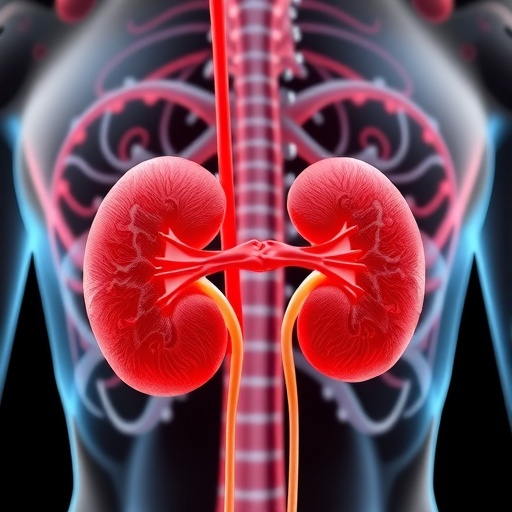18-site US study finds healthcare workers less likely to clean their hands when moving from dirtier to cleaner tasks, increasing risk of transmitting infections to patients
Healthcare workers on intensive care units (ICUs) are regularly missing opportunities to clean their hands during the care of patients, despite its critical importance for infection control, according to new research being presented at this year’s European Congress of Clinical Microbiology & Infectious Diseases (ECCMID) in Amsterdam, Netherlands (13-16 April).
Worryingly, the authors say, hand hygiene compliance was lowest when moving from dirtier to cleaner patient care tasks than from cleaner to dirtier tasks, further increasing the risk of infection.
Interventions to improve hand hygiene compliance should teach healthcare workers to move from cleaner to dirtier tasks to minimise risks to patients, researchers say.
Despite concerted efforts to tackle the prevalence of healthcare associated infections, they are still one of the most common complications of hospital care, affecting around 30% of patients in ICUs in high-income countries [1]. These infections are associated with a substantial amount of ill health and death as well as considerable health service costs.
Hand hygiene is critical to preventing health care-associated infections, which kill about 100,000 people a year in the USA and cost about US$33 billion to treat.
According to the US CDC, roughly 1 in every 25 patients acquires a health care-associated infection during their hospital care, adding up to about 722,000 infections a year. Of these, 75,000 patients die of their infections.
Good hand hygiene is the most effective way of stopping the spread of bacteria and viruses. Few studies of hand hygiene compliance have evaluated the order in which healthcare workers perform patient care tasks, or whether the order in which they do these tasks affects hand hygiene compliance.
To provide more evidence, Professor Loreen Herwaldt from Roy J. and Lucille A. Carver College of Medicine, Iowa City, USA and colleagues analysed data from the Strategies to Reduce Transmission of Antimicrobial Resistant Bacteria in Intensive Care Units (STAR*ICU) study [2]. They assessed when healthcare workers did hand hygiene during their sequences of care, and identified factors associated with hand hygiene compliance as defined by the CDC/HICPAC Guideline for Hand Hygiene in Health-Care Settings [3].
Researchers linked consecutive tasks that individual healthcare workers performed into care sequences to identify “task transitions”–defined as two consecutive patient care tasks, such as touching a patient’s intact skin followed by handling the patient’s body fluids, and the intervening hand hygiene opportunities.
In total, 3246 hours of observation were recorded between December 2005 and August 2006 in ICUs in 18 centres across the USA.
Results showed that general compliance with hand hygiene was poor–with healthcare workers moving from dirtier to cleaner tasks during two-thirds (10,000) of the transitions recorded, and from cleaner to dirtier tasks in only a third of instances (5, 303).
Compared with nurses, physicians were 50% more likely to move from dirtier to cleaner tasks, whilst other healthcare workers (eg, radiology technicians, respiratory therapists) were more than twice as likely to do this [4].
Hand hygiene was less likely when gloves were worn, with healthcare workers more likely to move from dirtier to cleaner tasks when they used gloves.
Worse still, healthcare workers performed proper hand hygiene in just half the instances when moving from dirtier to cleaner tasks, and only around 43% of the instances when moving from cleaner to dirtier tasks.
“Our findings indicate that healthcare workers may inadvertently increase patients’ risks for healthcare-associated infection by the direction in which they do tasks”, says Professor Herwaldt. “We need to identify interventions that will help healthcare workers organise their work in a way that decreases this risk and also reduces their workloads.”
The study has several strengths, say its authors, including that it is the first to evaluate complete sequences of patient care, to assess whether healthcare workers moved from cleaner to dirtier tasks or dirtier to cleaner tasks, and whether the order in which healthcare workers did tasks was associated with hand hygiene compliance.
This is an observational study so no firm conclusions can be drawn, and the authors point to several limitations including that healthcare workers’ behaviour may have been influenced by the presence of observers. They also note that prospective studies are needed to validate the findings.
###
Media Contact
Loreen Herwaldt
[email protected]




